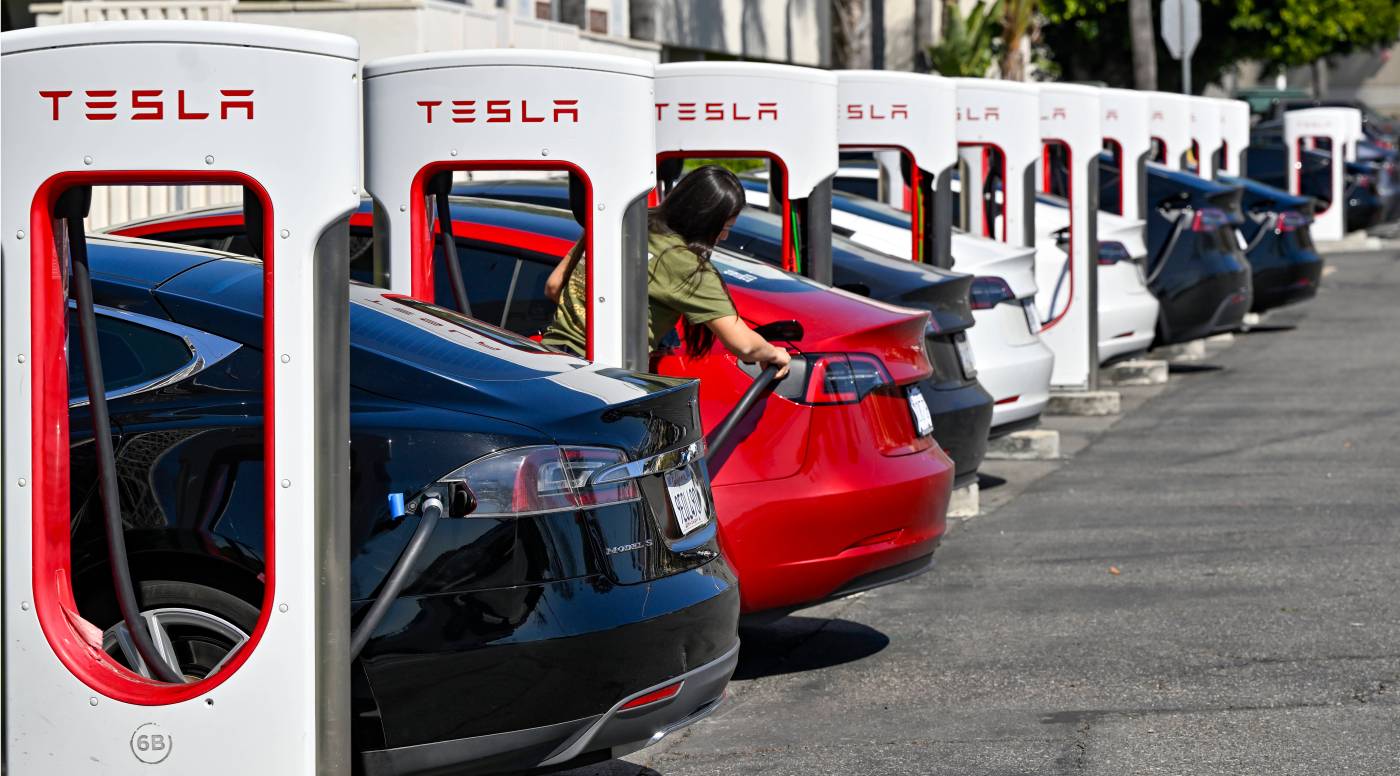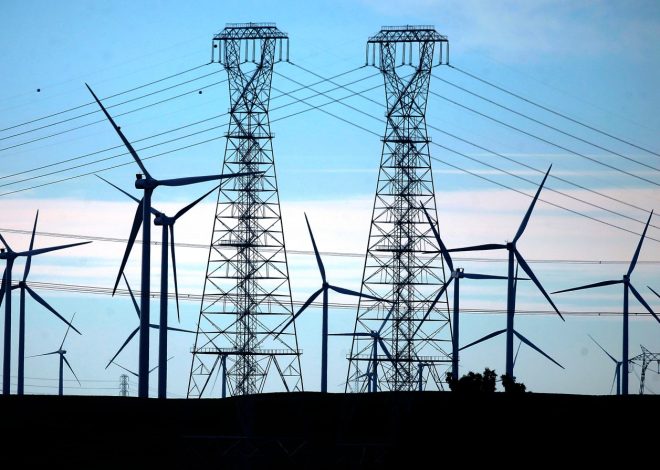
Opinion: It’s time for California to go all-in on fully electric vehicles
Californians want to cut down on the emissions that drive climate change and save money on gas. They hear that plug-in hybrids offer the environmental benefits of an electric car with the convenience of a gasoline vehicle. But it’s time to stop the half measures and go all-in on the only option that will make a meaningful dent in carbon emissions: the fully electric vehicle.
Everything else is greenwashing. All hybrids are a drop in the fuel bucket. Purely gas-powered hybrids barely achieve the federally mandated goals for fuel efficiency. But plug-in hybrid vehicles — with one cord that goes into the wall socket and a longer cord connecting to the gas pump — can be deceptive as well.
Most plug-in hybrids travel only 35 to 45 miles on a full battery charge. Even worse, many drivers never plug in at all. These vehicles save about one gallon of gasoline per fill-up. In stark contrast, recent electric vehicles have surpassed the 300-mile range, offsetting 8.5 gallons of fuel.
Gas consumption matters. Each gallon of exhaust produces 20 pounds of carbon dioxide that stays in the atmosphere for centuries.
Carbon warms our planet and drives the climate change we are experiencing. Our reliance on fossil fuels also brings personal hazards. Studies find that children living adjacent to gas stations have a greater risk of developing leukemia. The American Lung Association recently decreed that “a nationwide shift to zero-emission technologies, like electric cars and trucks, will bring major public health benefits through cleaner air and reduced climate pollution.”
Drivers want to do the right thing, but fear that EVs won’t go the distance. So, they lean into plug-in hybrids. A few years ago that was understandable. The fastest electric vehicle chargers got a public black eye because stations were hard to locate and about 80% reliable.
Government officials have responded to these concerns: New funding opportunities such as the Inflation Reduction Act now require a 97% reliability score. A recent JD Power survey showed customer satisfaction with public fast-charging infrastructure has increased.
Until now, the lack of fast-charging stations has steered customers toward Tesla vehicles because of their nationwide network. Tesla has now opened this network to Ford, Rivian and General Motors drivers and promises others on the way.
The government is also addressing charging deserts with its $5 billion, multiyear National Electric Vehicle Infrastructure (NEVI) program. NEVI plans a vast charging backbone at 50-mile intervals across the country’s 48,890 interstate miles. There are currently 69 NEVI-funded charging ports in 17 stations in eight states. In the short term, NEVI anticipates conditional agreements for 700 more charging station locations.
Meanwhile, plug-in hybrids are killing electric vehicle innovation. They deter the tech entrepreneurship now gaining scale in battery recycling, solid state chemistry and bidirectional capacity. Bidirectional charging in particular provides additional resiliency during climate change, allowing EV batteries to feed energy to homes during power outages and reducing the strain on the electricity grid during peak demand.
Related Articles
After Hurricane Milton, a growing risk: Flooded electric cars going up in flames
Tesla’s Cybercab, Robovan revealed with Elon Musk’s reputation at stake
Toyota to invest additional $500 million in Bay Area’s electric aircraft maker Joby Aviation
The future of EV Charging looks a lot like an airport lounge
Ford to cover cost of home charger, installation for EV buyers through end of year
Car manufacturers, oil companies and the auto-service industry support plug-in hybrids because such vehicles are compatible with their existing business models. But such halfway solutions are not the answer to addressing climate change and the environment. Yes, we can reduce a minimal amount of pollution and environmental destruction with plug-in hybrids. But that’s a frightening scenario, considering what’s actually required for the health of the planet and our human wellbeing.
It’s never been easier to go fully electric. Electric vehicles provide a better driving experience, are cheaper to fuel and maintain, and prices have dropped dramatically. Affordable 2024 models provide over 300 miles of range and can charge in 20 minutes.
Plug-in hybrids, on the other hand, will not produce the change needed to maintain our quality of life. Sometimes it’s necessary to pull the plug on transitional methods and advance to the future.
Jane Gould is a transportation planner from Northern California with a background in information theory. She teaches classes at the College of Marin on electric vehicle innovation. Sue Saunders is a climate activist from Northern California and founding member of the grassroots group Ride and Drive Clean.


